Have you ever imagined a bustling city beneath your feet, pulsing with life and humming with purpose—yet entirely hidden from view? Deep in the heart of tropical forests, an astonishing community thrives, led by some of nature’s most ingenious engineers: leafcutter ants. With astonishing coordination and intelligence, these tiny architects build vast underground empires, not for themselves alone, but in a mutually beneficial partnership with a very special fungus. Their story is one of teamwork, innovation, survival, and the enduring power of symbiosis—a tale that rivals the complexity of any human metropolis and leaves us marveling at the wonders of the natural world.
Meet the Leafcutter Ants: Nature’s Relentless Harvesters
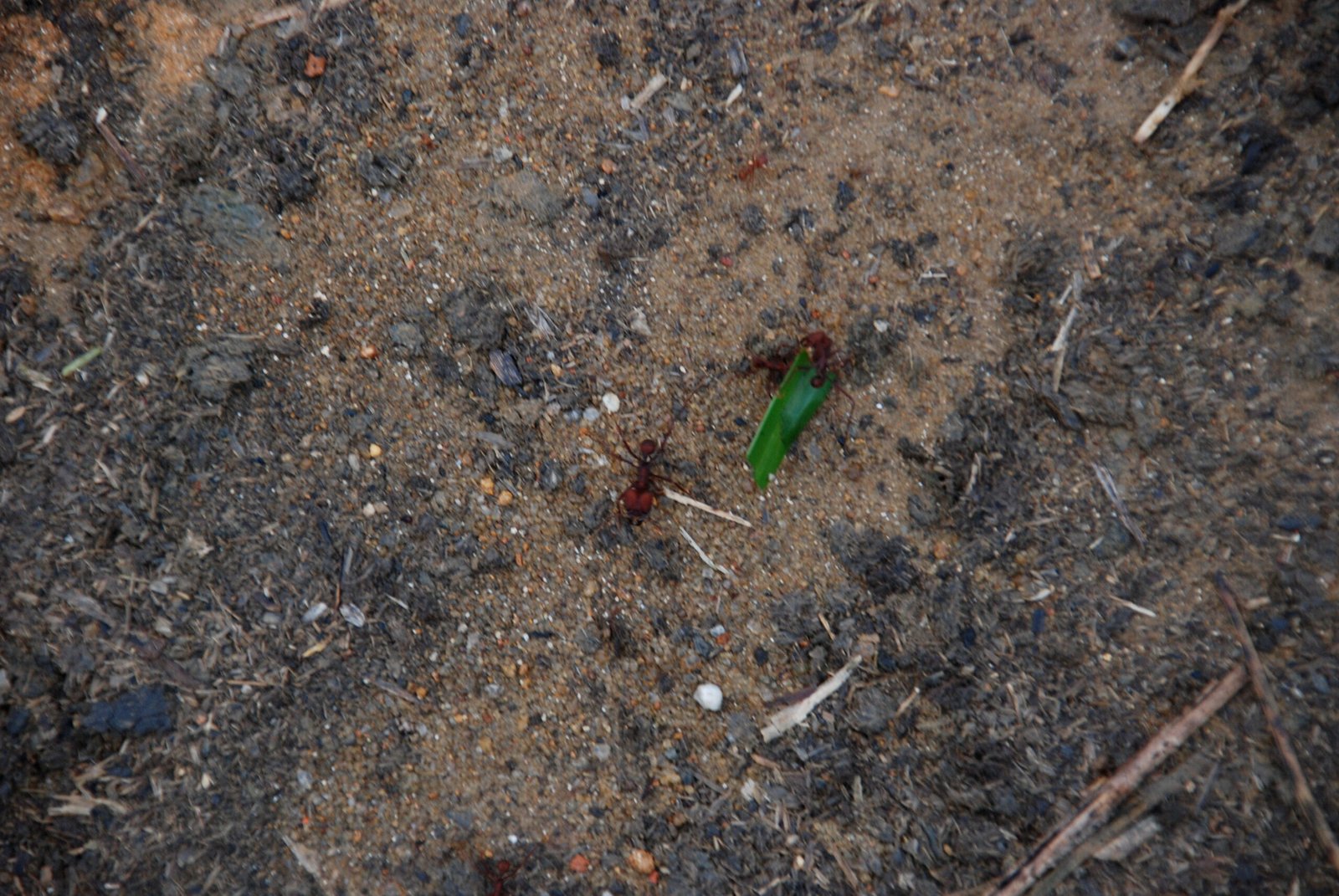
Leafcutter ants are instantly recognizable by the vibrant green fragments they carry over their heads, creating endless lines that snake through the forest floor. These ants, belonging to the genera Atta and Acromyrmex, are some of the most industrious insects on Earth. Their colonies can number in the millions, and each ant has a specific role, from foraging and cutting to tending the fungal gardens deep below ground. Watching them work is like seeing living machinery in motion, each part moving with purpose and efficiency. Their sheer persistence and teamwork are inspiring; a single colony can harvest hundreds of kilograms of leaves each year, all for a purpose far more complex than simply eating them.
Underground Cities: The Astonishing Leafcutter Ant Nest
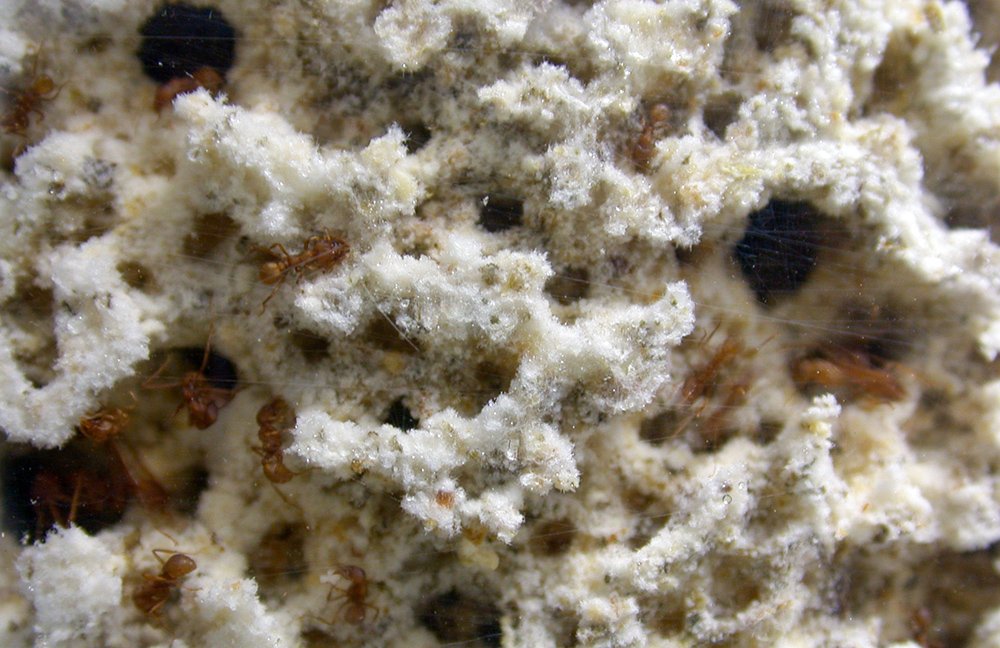
Beneath the surface, leafcutter ant nests are sprawling labyrinths stretching meters deep and across. These nests are architectural marvels, containing countless chambers and tunnels that house the ants, their developing young, and—most importantly—their fungal crops. The structure of the nest is carefully designed to manage airflow, humidity, and temperature, creating the perfect conditions for the cultivated fungus to thrive. Some nests are so large they can destabilize the ground above, and scientists have compared their complexity to that of a small village or even a city. The ants’ ability to build and maintain these underground worlds is a testament to their collective intelligence and adaptability.
The Secret to Survival: A Perfect Symbiosis
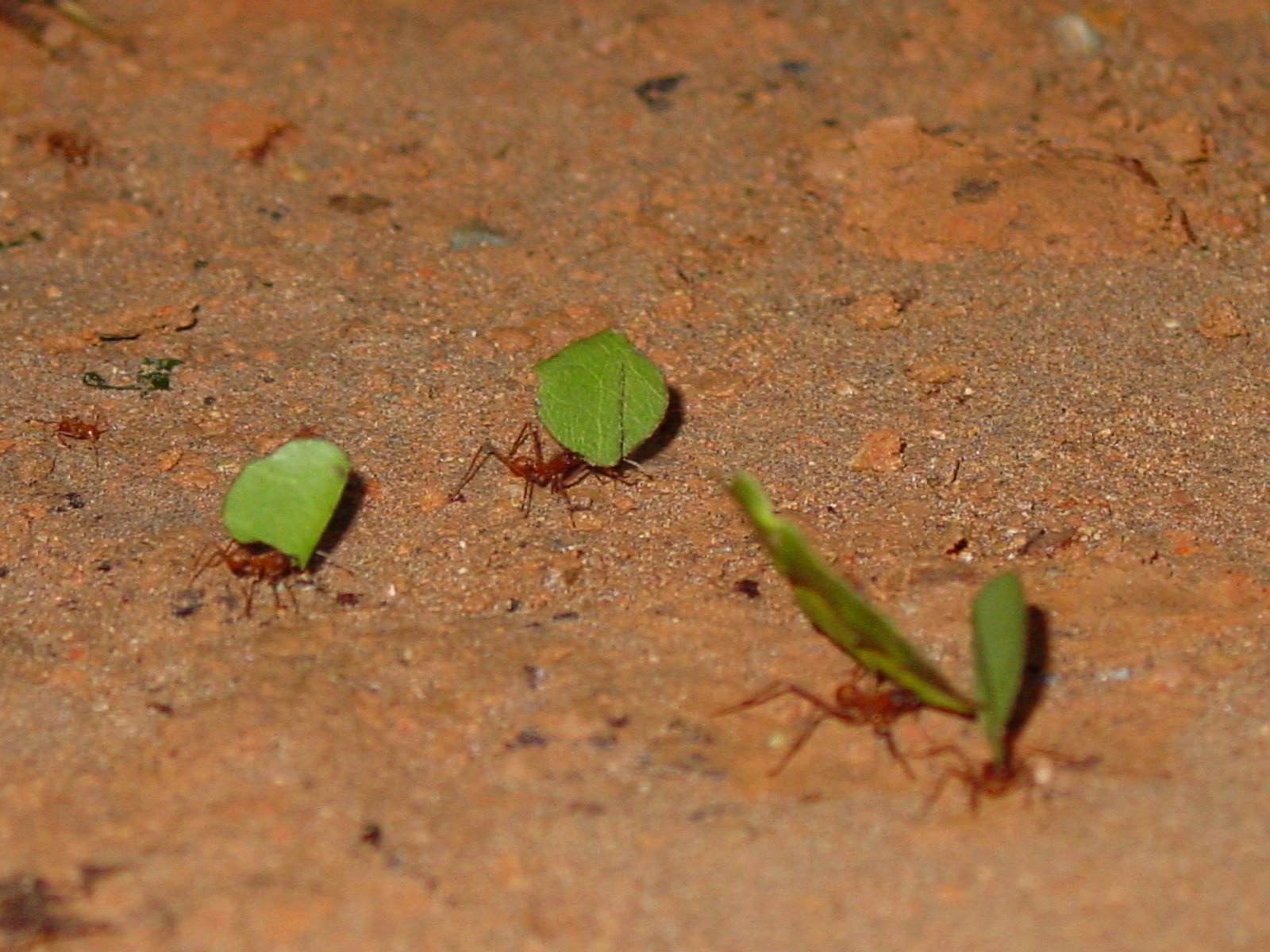
The relationship between leafcutter ants and their fungus is a stunning example of mutualism, where both parties benefit and depend on one another for survival. The ants provide fresh-cut leaves to the underground gardens, but they do not eat the leaves themselves. Instead, they feed these fragments to their fungal partner, which breaks down the tough plant material into digestible nutrients. In return, the fungus produces special swollen tips called gongylidia, which are rich in proteins and sugars—the primary food for the ant colony. Without the fungus, the ants would starve, and without the ants, the fungus would quickly perish.
Farming Fungi: How Ants Cultivate Their Crops
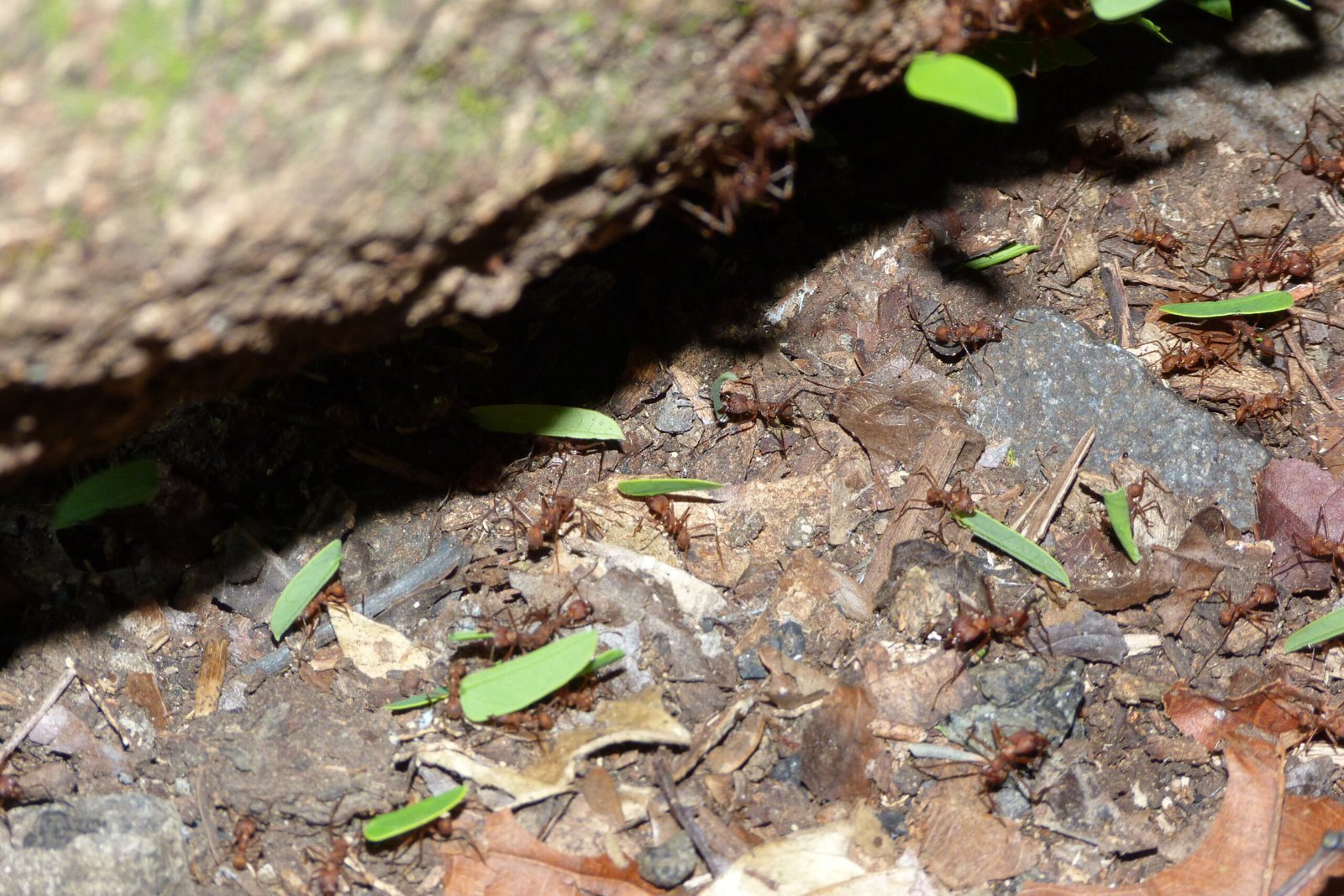
Leafcutter ants are perhaps the world’s first farmers, predating human agriculture by millions of years. Their farming process is meticulous and sophisticated. After harvesting, the ants clean the leaves to remove debris and potential contaminants. They then chew the leaves into a pulpy mash and carefully spread it in the fungus chambers. Worker ants vigilantly weed out unwanted mold and pests, ensuring only the preferred fungus grows. This level of care and attention rivals that of human gardeners, and the ants have even developed antimicrobial secretions to prevent harmful microbes from invading their precious crops.
The Role of the Queen: Heart of the Colony
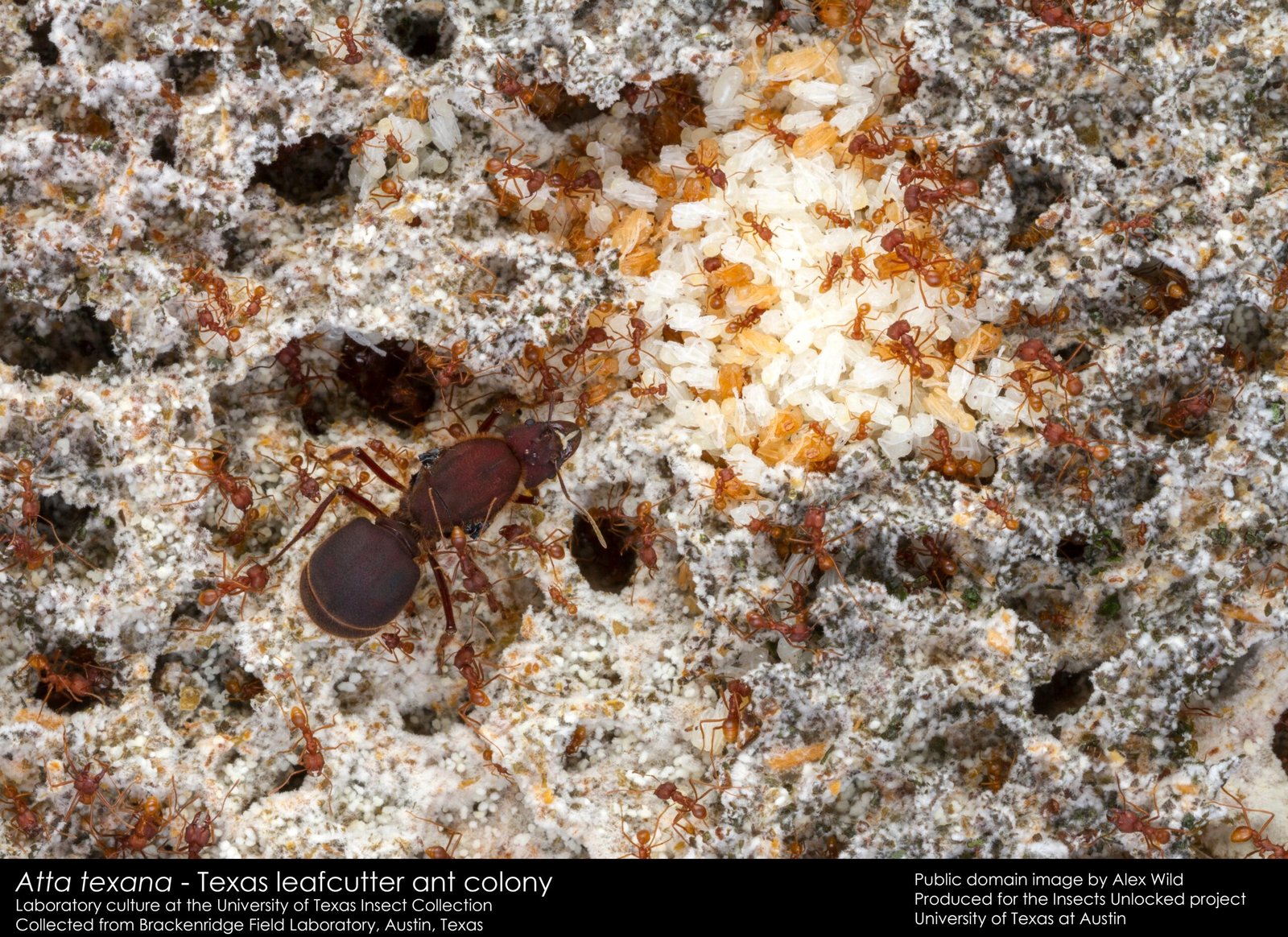
At the center of every leafcutter ant colony is the queen—a giant compared to her workers and the sole egg-layer, responsible for the future of the entire nest. When a new colony is founded, the queen brings with her a tiny pellet of the ancestral fungus, tucked safely in her mouth. She nurtures this starter culture as the foundation of her new fungal farm. The queen can live for more than a decade, tirelessly laying eggs and ensuring that both her offspring and the fungal partner prosper. Her role is both regal and nurturing, symbolizing the deep interdependence at the heart of the colony.
Communication and Coordination: The Ants’ Secret Language
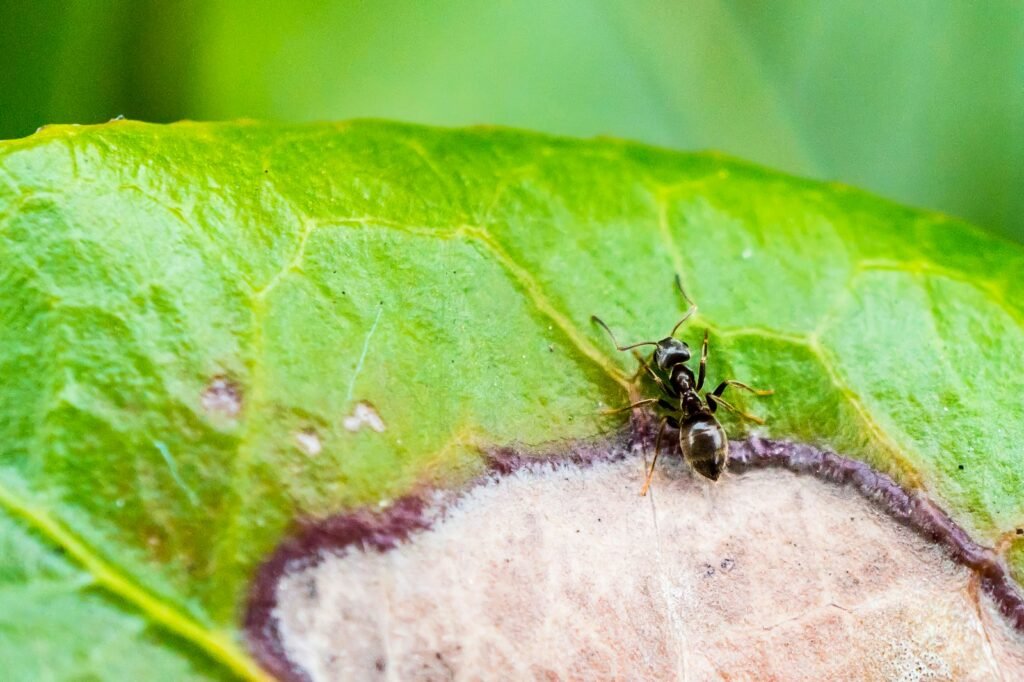
Effective communication is vital in such massive societies, and leafcutter ants excel at it. They use pheromones—chemical signals—to guide others to leaf sources, alert the colony to danger, or signal the need for more workers in the gardens. This invisible language ensures that millions of ants work in harmony, rarely colliding or wasting effort. For example, if a particular path becomes blocked, scout ants quickly find new routes and mark them with scent trails for others to follow. The result is a seamless, ever-adapting workforce that operates with uncanny precision.
Defending the Farm: Natural Pest Control
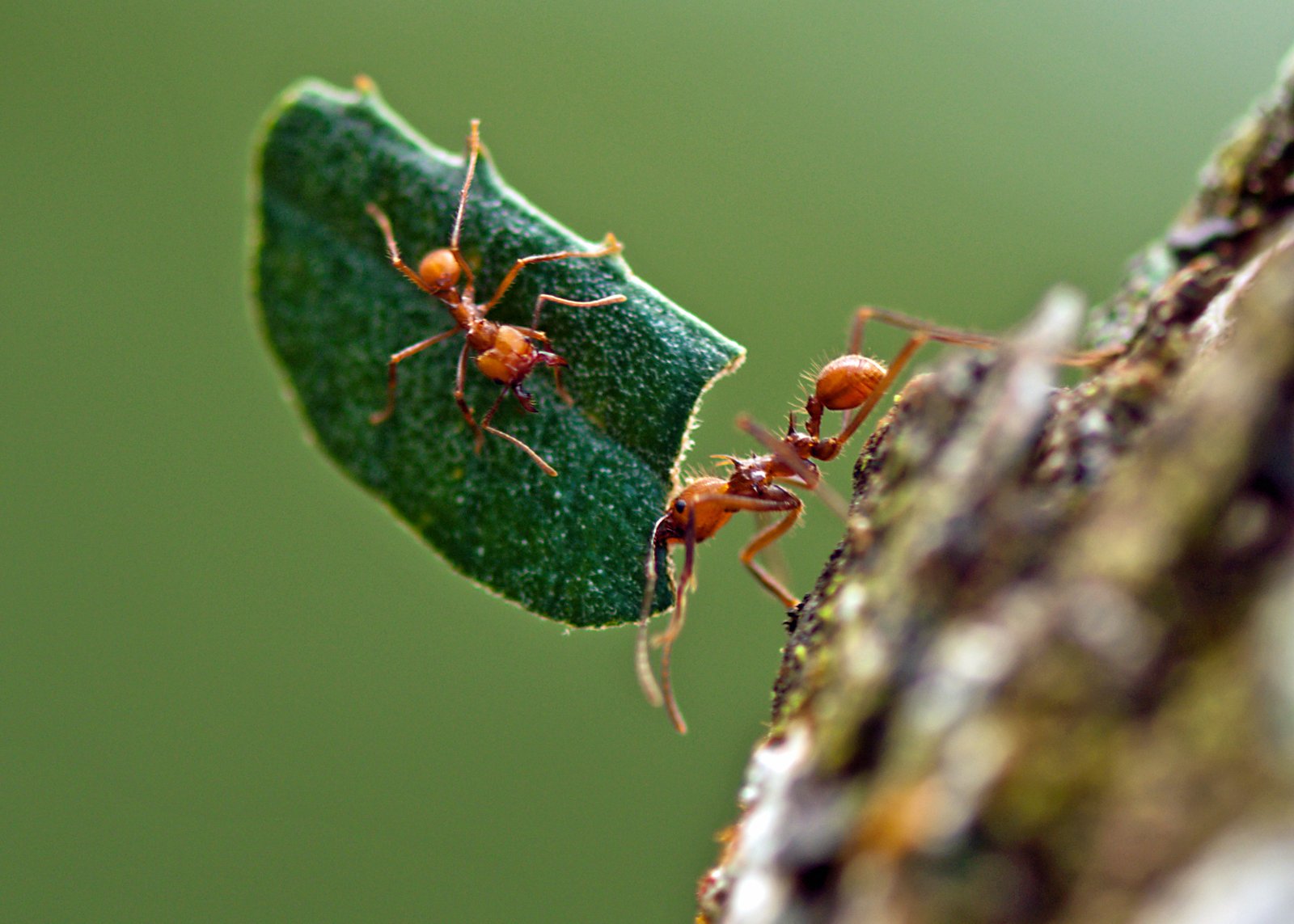
Fungal gardens are vulnerable to a host of invaders, especially parasitic fungi and bacteria that can destroy the crop and threaten the colony’s survival. To combat these threats, leafcutter ants deploy an arsenal of defenses. Some worker ants carry antibiotic-producing bacteria on their bodies, which they spread over the gardens to suppress harmful microbes. Others act as vigilant guards, ready to remove any intruders or infected substrate. The ants’ dedication to protecting their farm is relentless, and their use of biological pest control is a remarkable example of natural ingenuity.
Adaptations for a Farming Lifestyle
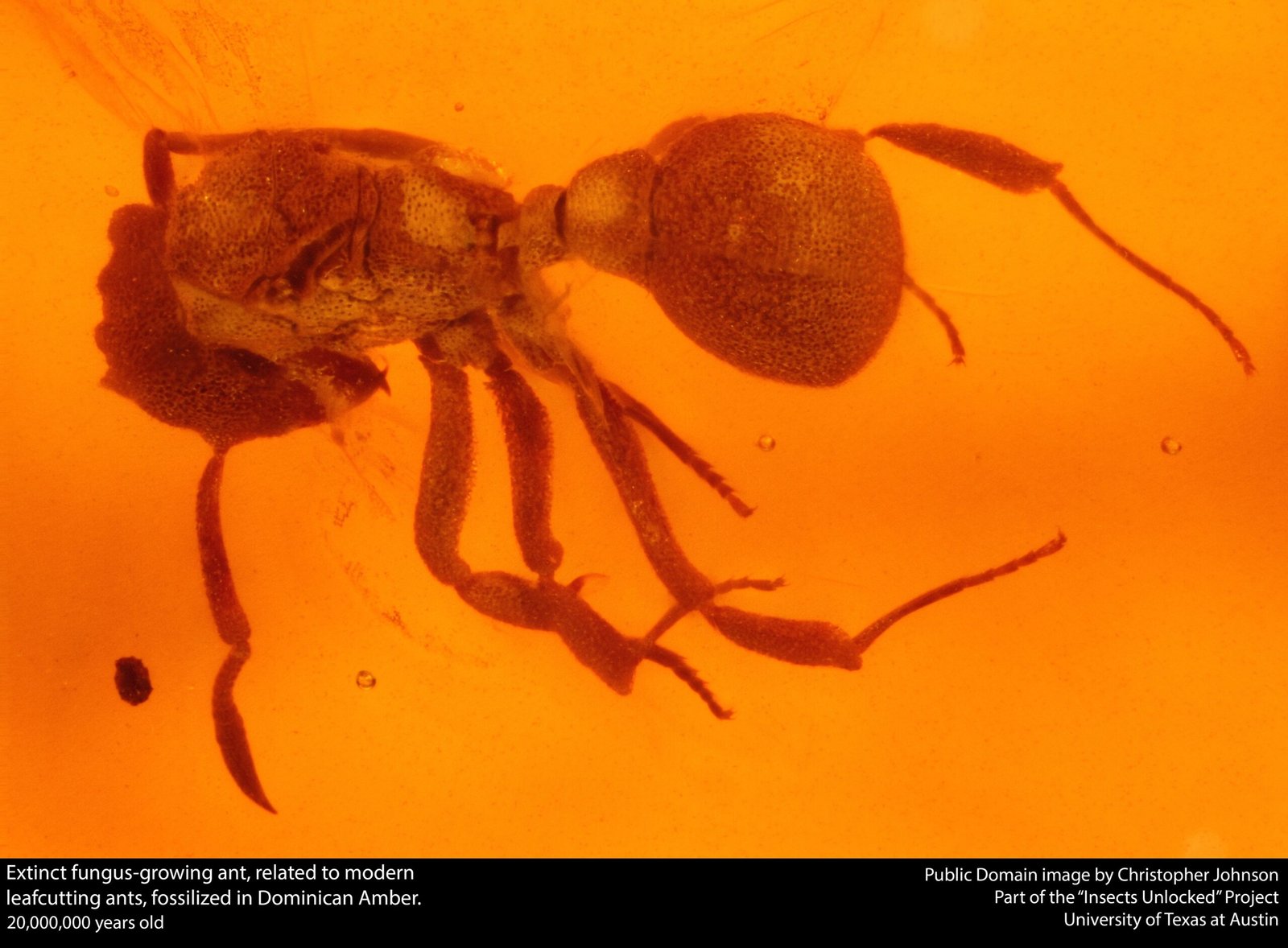
Over millions of years, both the ants and their fungal partner have evolved together, developing traits that support their mutual way of life. Leafcutter ants have powerful jaws for cutting tough leaves, specialized castes for different jobs, and even enhanced immune systems to cope with the microbial challenges of underground living. The fungus, in turn, has lost its ability to survive independently, relying entirely on the ants for propagation and care. This deep co-evolution has created a partnership so specialized that neither species can exist without the other.
The Ecological Impact: Shaping the Forest
Leafcutter ant colonies are not just isolated marvels; they play a massive role in shaping their ecosystems. By harvesting leaves, they influence the growth and regeneration of plants, and their underground nests aerate and enrich the soil, making it more fertile. The ants’ constant activity recycles nutrients and provides food for other animals, from birds to parasitic flies. In many tropical forests, these tiny farmers are considered “ecosystem engineers,” their presence felt far beyond the boundaries of their hidden cities.
What We Can Learn from Leafcutter Ants
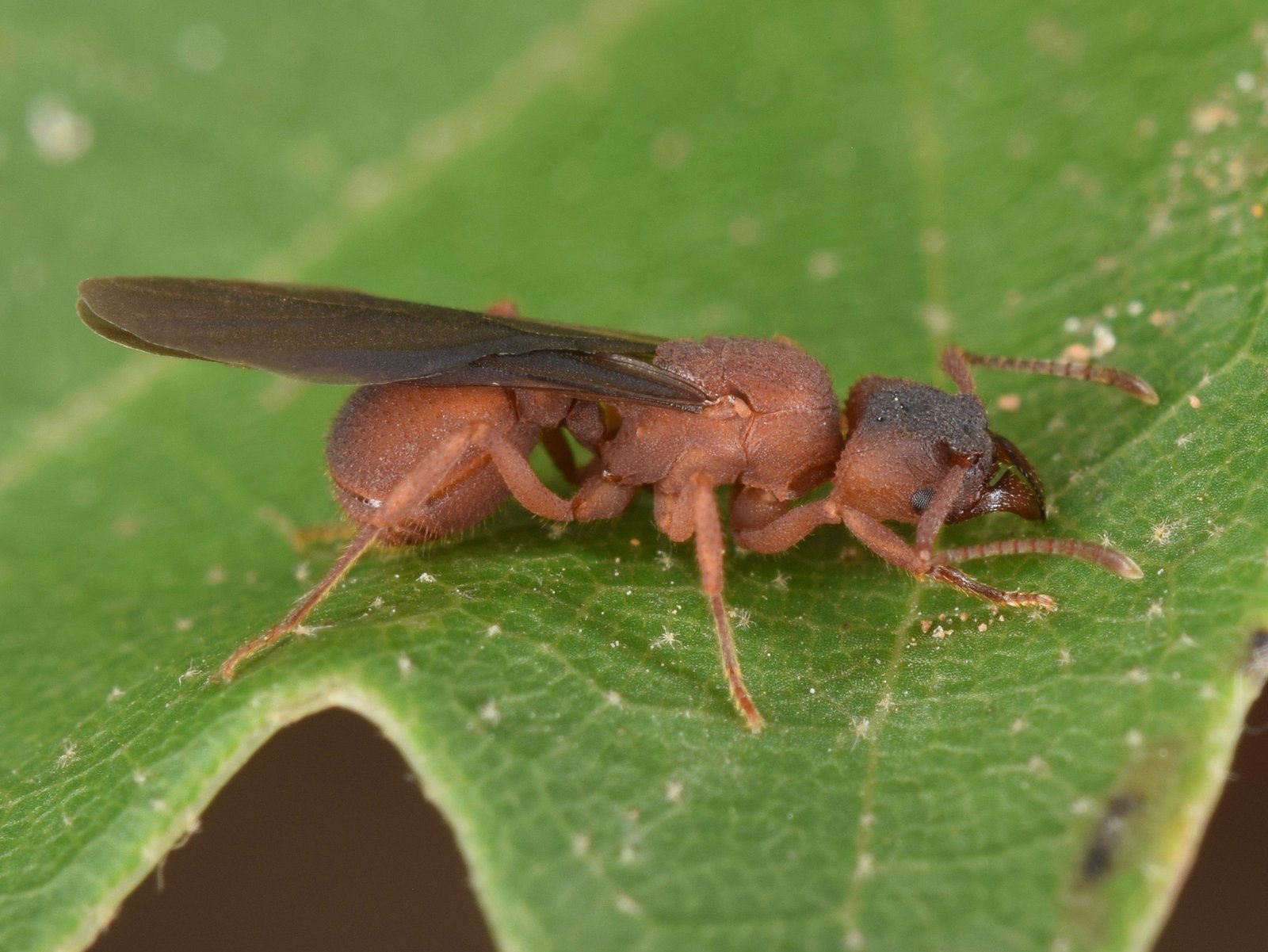
The story of leafcutter ants and their fungal farms is more than a scientific curiosity—it’s a lesson in cooperation, innovation, and the power of partnership. Their society demonstrates the incredible results that can arise from working together toward a common goal. From sustainable agriculture to pest management, the ants’ methods have inspired human scientists and engineers searching for solutions to our own challenges. Perhaps most importantly, their world reminds us that even the smallest creatures are capable of astonishing feats when they join forces.
What else might we discover if we look closer at the lives hidden beneath our feet?



